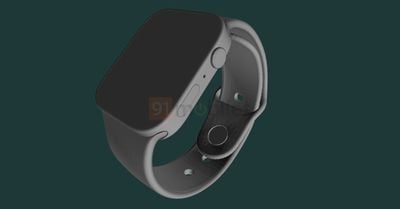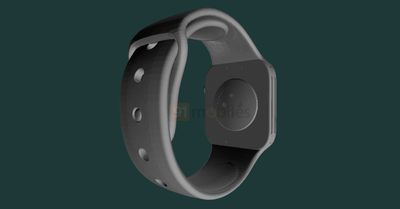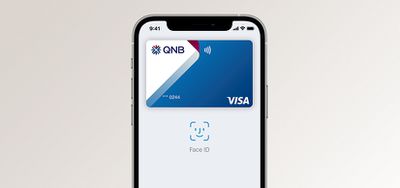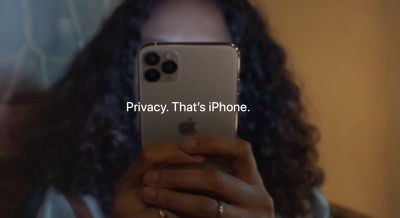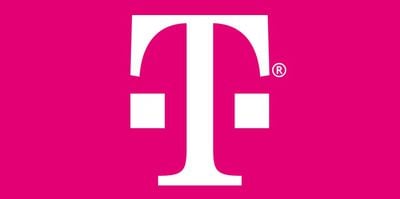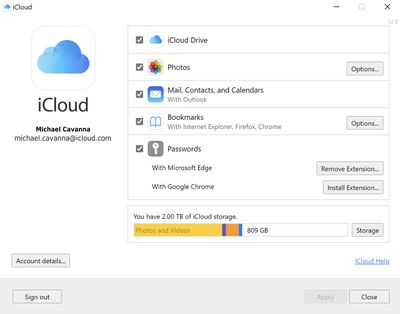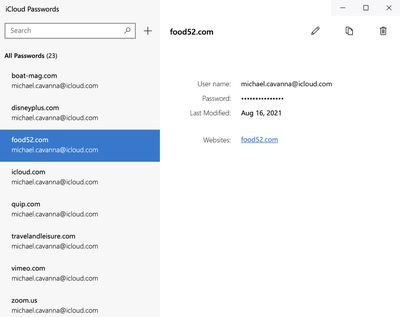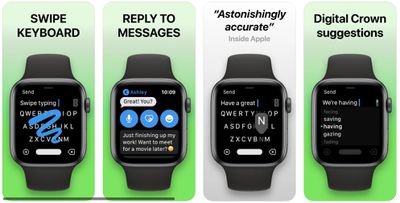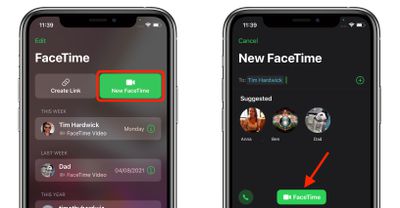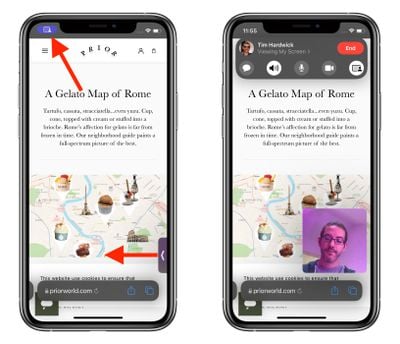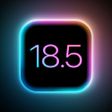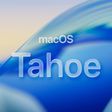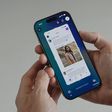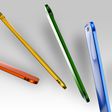Just yesterday, Apple told its retail staff in the United States and Europe that it would start bringing back some in-person Today at Apple classes starting on August 30, but now Apple has reversed course.
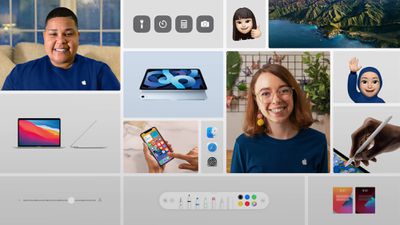
In-person Today at Apple sessions will no longer be resuming at this time, with Apple putting in-person classes off because of the ongoing rise of the Delta variant across the United States and other countries.
Apple yesterday was taking reservations for in-person classes at some store locations, but as of now, all of those in-person reservations are gone and Apple is only offering virtual sessions.
Apple retail stores have been open since earlier this year and there are no plans to close stores again, but Apple recently reinstated a mask mandate that requires customers visiting most retail stores in the United States to wear a mask. Apple had dropped mask mandates for vaccinated customers in June, but brought them back in areas heavily impacted by the Delta variant of COVID-19.
In addition to pushing back Today at Apple classes, Apple is also ramping up COVID testing of both retail and corporate employees, reports Bloomberg. Employees who participate in Apple's at-home testing program will now receive testing kits twice per week instead of once per week.
"With the emergence of more contagious variants like delta, we believe that more frequent testing will better protect you and everyone at Apple," reads a memo to employees. "Beginning Aug. 16, Quest will be sending you two mail-in test kits per week instead of one."
Apple later plans to expand testing to three times per week for employees in some offices, but there is no mandate for testing or vaccinations. Apple originally planned to bring back corporate employees in September, and later pushed that back until at least October.
Note: Due to the political or social nature of the discussion regarding this topic, the discussion thread is located in our Political News forum. All forum members and site visitors are welcome to read and follow the thread, but posting is limited to forum members with at least 100 posts.


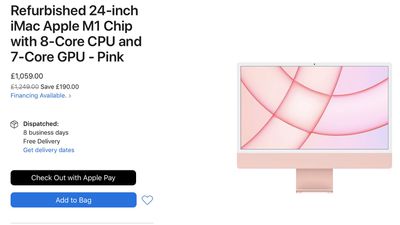
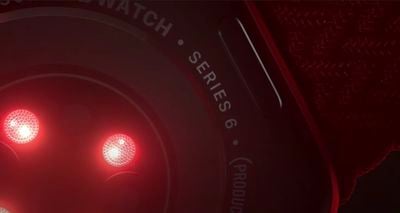

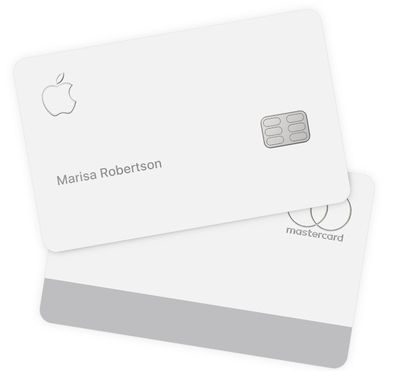

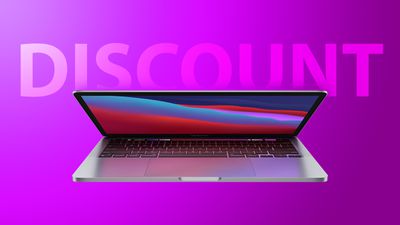 Note: MacRumors is an affiliate partner with Amazon. When you click a link and make a purchase, we may receive a small payment, which helps us keep the site running.
Note: MacRumors is an affiliate partner with Amazon. When you click a link and make a purchase, we may receive a small payment, which helps us keep the site running.


